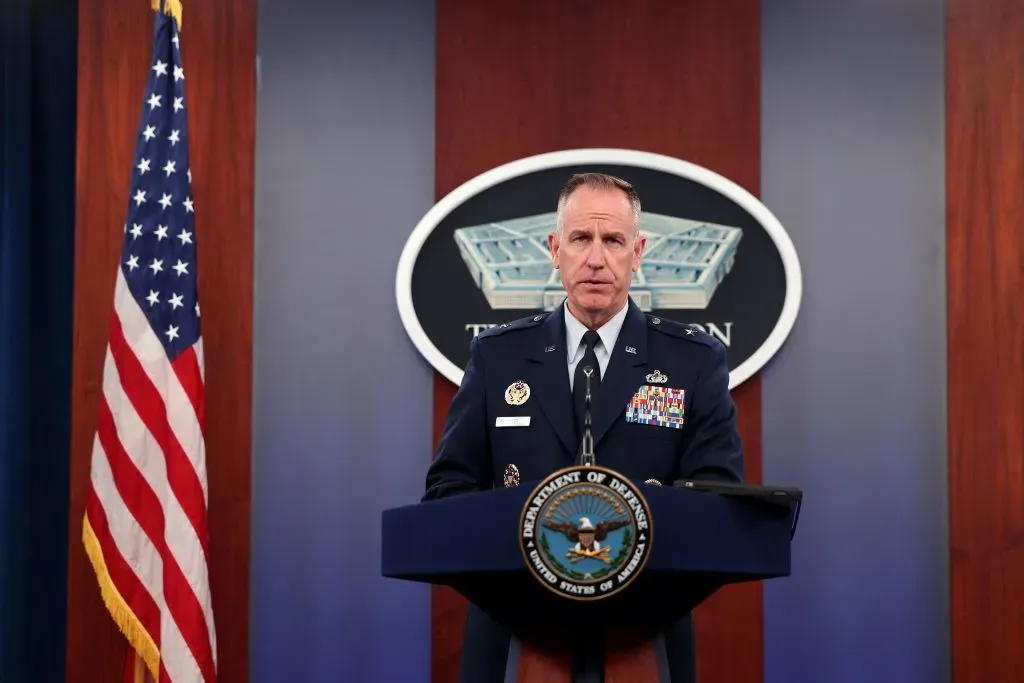The Pentagon spokesperson Major General Pat Ryder stated that Russia’s recent counteroffensive in Kursk Oblast, Ukraine, is currently considered “marginal.” The Russian Defense Ministry claimed to have regained control of 10 settlements as of September 12, although these claims could not be independently verified by the Kyiv Independent. Ryder mentioned the importance of providing Ukraine with the necessary capabilities, such as armored vehicles and artillery ammunition, to deter any further Russian operations in the region. President Volodymyr Zelensky confirmed that everything is going according to their plan in response to Moscow’s counterattack.
President Zelensky noted that Ukraine currently controls over 1,300 square kilometers and approximately 100 settlements in Kursk Oblast. The incursion into the region was intended to divert Russian forces from Donbas and prevent future cross-border attacks from Kursk Oblast. Ukrainian forces have reportedly taken over 600 Russian captives and inflicted 6,000 casualties as of early September. The ongoing conflict raises questions about whether Russia will be able to push Ukrainian troops out of the partially occupied border region through their counteroffensive efforts. Zelensky remains confident that their plan is proceeding as expected.
The situation in Kursk Oblast has been tense for over a month since Ukraine initiated an unprecedented incursion into the region. Russian forces have now begun counterattacking in an attempt to reclaim control and drive Ukrainian troops out. This escalation in the conflict raises concerns about the potential outcomes and the impact on both sides. The details of the current military operations and the strategies employed by both sides will be crucial in determining the future of the situation in Kursk Oblast.
The significance of the Kursk counteroffensive extends beyond the region itself, as it has the potential to influence the broader dynamics of the conflict between Russia and Ukraine. The actions taken by both parties in response to the escalating tensions will have far-reaching implications for the stability and security of the region. It is essential for international observers and stakeholders to closely monitor the developments in Kursk Oblast and assess the impact on the ongoing conflict in Eastern Europe. The outcome of the current military operations could shape the future trajectory of the conflict and determine the next steps for all parties involved.
As the conflict in Kursk Oblast continues to unfold, the focus remains on the strategies and capabilities of both the Ukrainian and Russian forces. The ability of Ukraine to withstand the Russian counteroffensive and maintain control over the region will be a significant factor in shaping the outcome of the conflict. The support provided to Ukraine by the international community, particularly in terms of military assistance and strategic guidance, will play a crucial role in determining the success of their efforts. The developments in Kursk Oblast are closely watched by global observers, as they have the potential to impact the broader geopolitical landscape in Eastern Europe.
In conclusion, the ongoing conflict in Kursk Oblast highlights the complex and volatile nature of the relationship between Russia and Ukraine. The current military operations and counteroffensive efforts by both parties have raised concerns about the escalation of the conflict and its potential consequences. It is essential for all stakeholders to engage in dialogue and seek a peaceful resolution to the crisis in order to prevent further destabilization in the region. The developments in Kursk Oblast underscore the urgency of finding a diplomatic solution to the conflict and working towards long-term stability and security in Eastern Europe.


